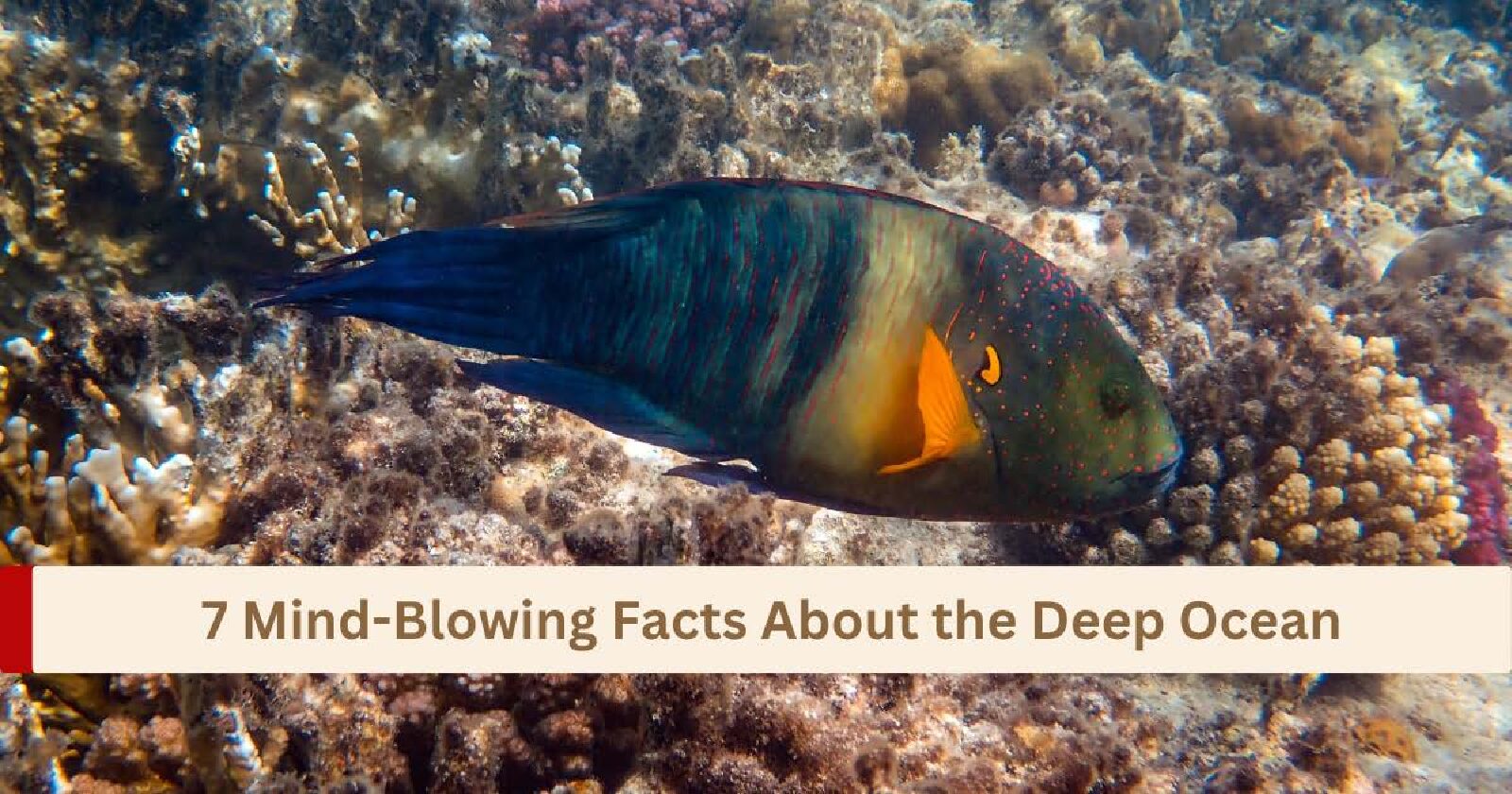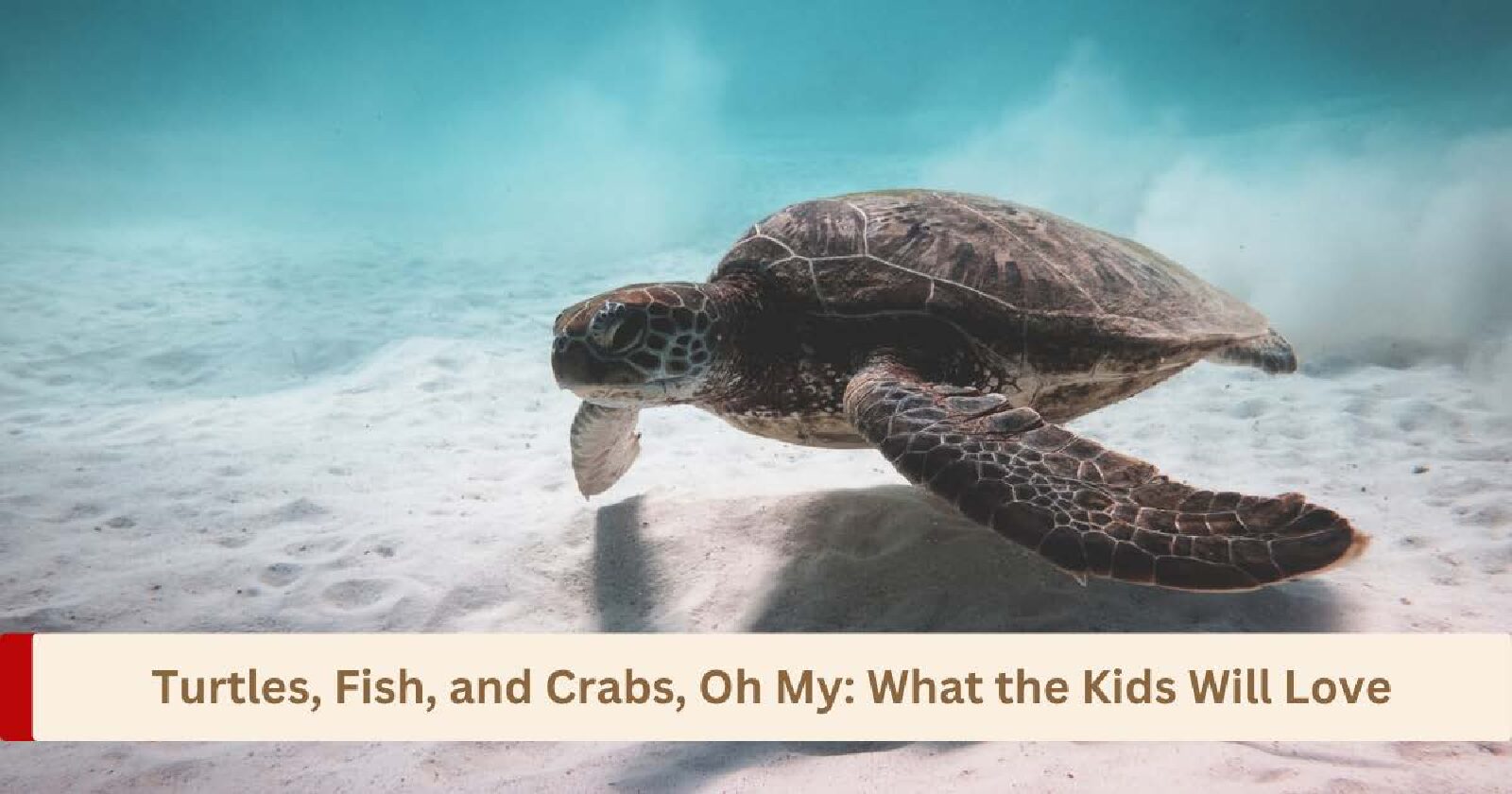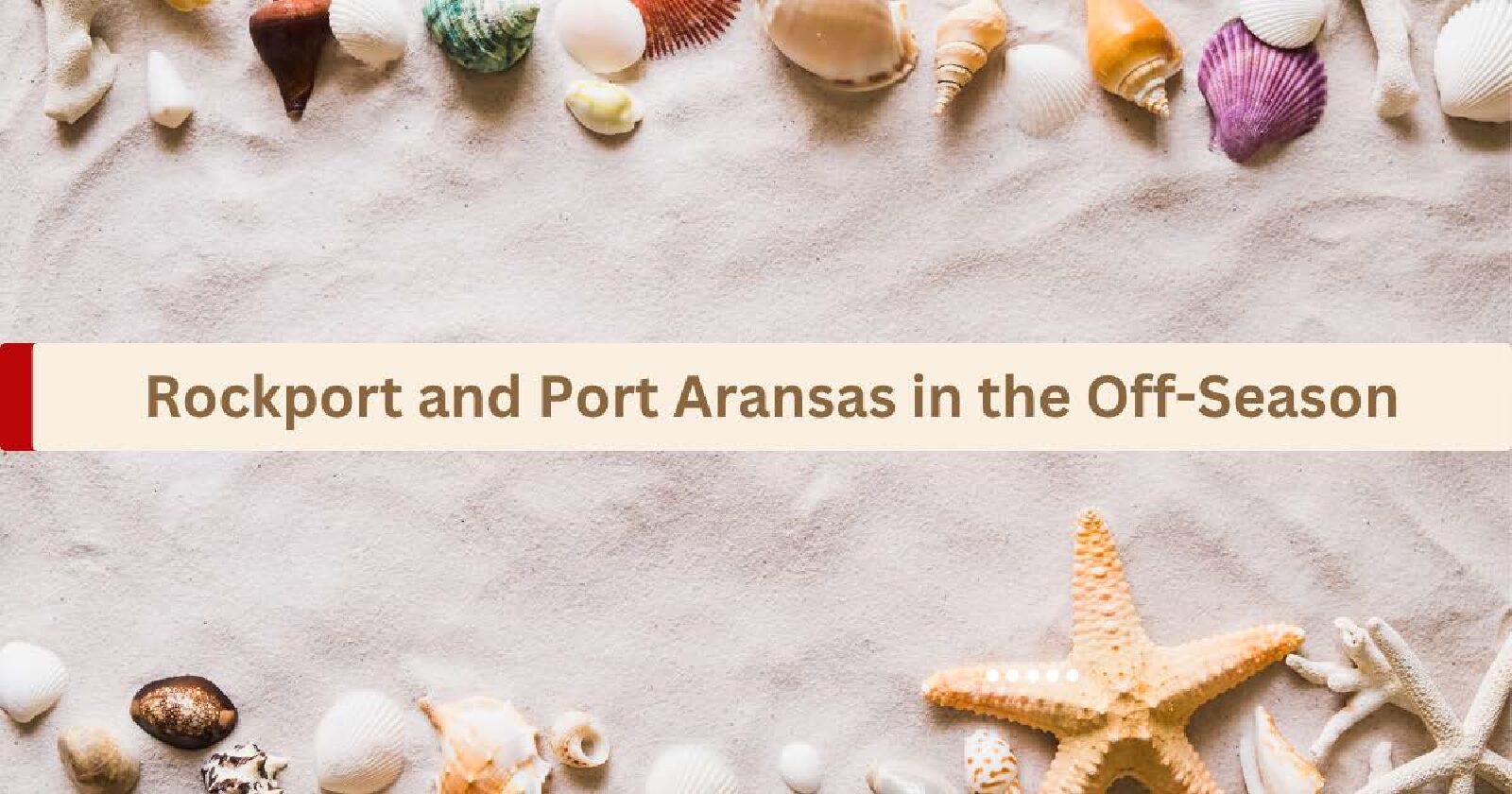Have you ever gazed out at the sea and wondered what’s lurking beneath those waves?
The ocean covers 71% of our planet, yet we know more about the surface of Mars than its darkest
depths. The deep sea isn’t just a mysterious void—it’s a realm of fire-breathing vents, underwater lakes,
and mountains taller than Everest. Buckle up, because we’re diving into the abyss to uncover seven facts
that’ll make you rethink everything you know about Earth’s final frontier.
1.The Deepest Point on Earth is Deeper Than Everest (and Has Snacks!)
Imagine placing Mount Everest, the tallest mountain on Earth, into the ocean. It would still be
submerged by over a mile! The Challenger Deep, located in the Mariana Trench, plunges approximately
36,070 feet (about 11,000 meters) beneath the ocean’s surface. To put that into perspective, if Everest
were placed at the bottom, its peak would still be about 7,000 feet underwater.
At this depth, the pressure is 1,086 bars (15,750 psi), equivalent to an elephant balancing on a postage
stamp. Yet life persists here, including translucent snailfish that look like sentient jellybeans and giant
amphipods (think swimming pill bugs) that scavenge carcasses like underwater vultures.
But how do thse creatures survive the pressure? These creatures have evolved piezolytes—special
molecules that keep their cells from collapsing under pressure.
Fun fact: The trench’s mud contains bacteria that eat hydrocarbons. Who needs Doritos when you’ve
got methane munchies?
2.Hydrothermal Vents: Oasis of Life in the Abyss (and Real-Life Mordor)
Imagine underwater chimneys spewing superheated water (750 F!) loaded with toxic chemicals like
hydrogen sulfide. These hydrothermal vents are hellish to us, but paradise for giant tube worms (which
have no mouth or gut), ghostly “Yeti crabs” that farm bacteria on their hairy claws, and microbes that
“eat” sulfur and belch out energy. Unlike surface life, this ecosystem runs on chemosynthesis—a process
where chemicals, not sunlight, fuel life.
Did you know, Vent bacteria inspired enzymes used in COVID-19 PCR tests. Thanks, deep-sea microbes!
Fun fact: The first vents were discovered in 1977 by scientists who literally stumbled into them while
testing a submarine. Talk about a plot twist!
3.Underwater Lakes and Rivers Exist (Yes, Really. Bring Floaties.)
Beneath the Gulf of Mexico, brine pools—super-salty, methane-rich “lakes”—dot the ocean floor. These
toxic death traps (dubbed “Jacuzzis of Despair”) kill any fish that wander in, yet host thriving colonies of
mussels and shrimp around their edges. Even wilder? Underwater rivers flow across the seabed, carved
by currents of dense, sediment-heavy water.
Did you know, Brine pools inspired NASA’s research into alien oceans on moons like Europa.
Fun fact: One brine pool in the Mediterranean is named Hot Tub of Despair. Scientists really need to
work on their branding.
4.Bioluminescence: The Deep’s Disco Party (Glow Worms Welcome)
Over 75% of deep-sea creatures glow in the dark. From anglerfish lures to vampire squid’s
bioluminescent mucus, this cold light is used to hunt, hide, and flirt (because even in the abyss, dating
apps are stressful). The deepest-living bioluminescent fish, the bristlemouth, outnumbers all other
vertebrates on Earth combined.
Bioluminescence works through a chemical reaction between luciferin (a pigment) and oxygen. No
batteries required!
Fun fact: The cookiecutter shark uses bioluminescent belly patches to mimic moonlight, tricking prey
into thinking it’s a harmless fish. Then chomp—it takes a cookie-shaped bite out of them.
5.The Midnight Zone: Earth’s Largest Habitat (and It’s Pitch-Black)
The midnight zone (3,300–13,100 feet deep) is Earth’s largest habitat by volume. No sunlight penetrates
here, temperatures hover near freezing, and food is scarcer than a decent Wi-Fi signal in the Sahara. Yet
it’s home to:
- Siphonophores: Colony creatures longer than blue whales, made of thousands of clones
working together like a creepy string of Christmas lights. - Zombie worms: Bone-eating worms that drill into whale skeletons using acid.
- Giant squid: Elusive, bus-sized cephalopods with eyes the size of dinner plates (the better to see
you with, my dear).
Many animals here are “gelatinous” (read: squishy) to conserve energy. Think jellyfish, but with more
existential dread.
Fun fact: The fangtooth fish has teeth so large it can’t close its mouth. Orthodontists hate this one trick!
6.Pressure That Can Crush a Submarine (But Not This Snail)
At 5,000 feet, pressure is 500 times greater than at sea level. To survive, deep-sea creatures lack air
pockets (like swim bladders) and have squishy, flexible bodies. Even submarines like Titan (RIP) couldn’t
handle the deepest trenches without imploding.
Did you know, the Mariana snailfish’s skull isn’t fully closed—it literally lets pressure flow through its
head. Mind blown.
Fun comparison: A human at this depth would be compressed to the size of a soda can. So… maybe skip
the dive?
7.The Ocean Floor is a Time Capsule (With Free Fossils!)
The deep seafloor is a museum of Earth’s history. Layers of sediment preserve:
- Asteroid dust: From the dinosaur-killing Chicxulub impact.
- Microplastic pollution: A depressing “hello” from 21st-century humans.
- Whale falls: Dead whale skeletons hosting specialized worms and bacteria that feast on bones
- for decades
Whale falls create “islands” of life, supporting over 200 species in the barren deep.
Fun fact: Scientists found a 4,000-year-old Greenland shark carcass on the seafloor. That’s older
than Stonehenge.
Why the Deep Ocean Matters
The abyss isn’t just a sci-fi backdrop—it regulates Earth’s climate, absorbs 30% of our CO2 emissions,
and holds clues to life’s origins. Yet less than 20% of the ocean floor is mapped, and we’re already
disrupting it with pollution and deep-sea mining. As marine biologist Dr. Sylvia Earle says, “No water, no
life. No blue, no green.”
Your turn! Which fact blew your mind the most? Let me know in the comments! (I’m still stuck on
underwater lakes. How?!)





